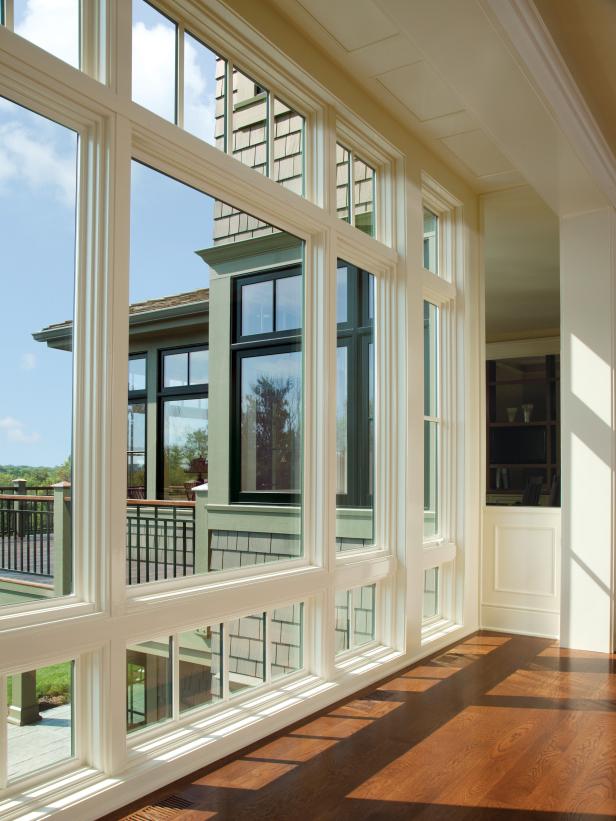Windows seem to always have a blind eye turned towards them by property owners, and we understand why. They can get costly! Even so, windows are important features in a home - especially rental homes. It’s the landlord’s job to ensure their tenants have a safe environment to live in. If the windows in the unit are moldy, damaged, broken, or rotten, these could pose a threat and are not ideal conditions for individuals to live in.
When to Replace
How will you know when it’s getting time to replace your windows? Well, it’s actually relatively easy to tell! You’ll want to start looking into replacement windows when you notice any of these five factors:
Broken or cracked panes
Air leaking
Difficulty opening and closing
Moisture on the inside
Condensation between panes
On average, windows will last around 15 years before needing to be replaced again. However, this number is not exact, and the actual amount of time could vary depending on the quality and maintenance of the window, as well as the surrounding climate.
Window Quality
There are two factors taken into account when measuring the quality of windows: the U-factor and R-factor. The U-Factor refers to energy efficiency. The lower the U-factor number, the better. The R-factor refers to insulation. The higher R-factor number, the better. The National Fenestration Rating Council is the organization that determines these ratings for windows, doors, and skylights. Keep in mind that windows with better ratings will have higher quality, last longer, be easier to maintain, be better looking, and more energy efficient.
Climate Considerations
You’re definitely going to want to take the climate surrounding your home into consideration when choosing windows. Having windows that are appropriate for the weather your home sees can extend its life expectancy. Here’s a quick rundown on what you want to look for:
Extremely cold winters & high heat: windows with the best insulation and lowest conductivity
Coastal: windows with tempered glass, good insulation, and low conductivity
Stormy: windows that are chemically treated, have tempered glass, and good insulation
Fault lines: windows with tempered glass and shatter prevention chemicals
Pros & Cons
There’s a large variety of windows available to choose from, but vinyl, wood, and fiberglass are currently the three most common options on the market. We’ll quickly go over the pros and cons of each type.
Vinyl: Pros - cost effective, energy efficient, no maintenance, UV resistant, non-corroding // Cons - cannot be painted, some products are inferior, may warp over time
Wood: Pros - can be customized to match your home, environmentally sustainable, best insulation value, strong and durable, can provide better return investment // Cons - high cost, regular maintenance, susceptible to mold, mildew, and rotting
Fiberglass: Pros - can be painted, resistant to rotting, energy efficient, great insulation, very strong, UV resistant // Cons - finishes can easily scratch, limited initial color choices
Out of these types, the window most chosen by property owners is vinyl. Ultimately, those are low-cost, low maintenance, and keep heating and cooling costs low.
Consumer Reports performed many tests on replacement windows. These tests determined which windows offer the best value for their price and performance. You can check out their results here. If you’re interested in making other improvements to your rental property, such as upgrading your floors or installing new appliances, give our other handy guides a quick read!






